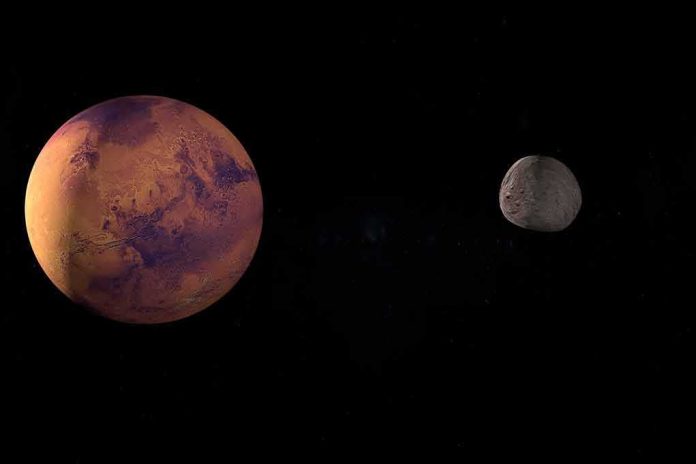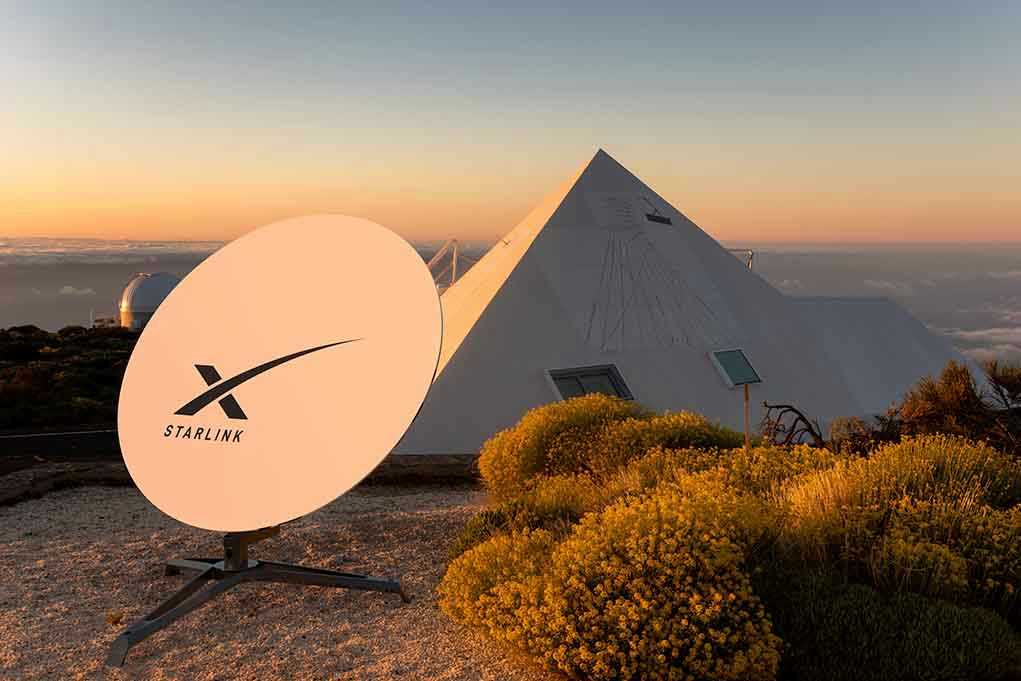
Harvard’s latest discovery challenges the scientific community as a massive interstellar object might be an alien probe, igniting debates about our place in the universe.
Story Highlights
- 3I/ATLAS, a Manhattan-sized interstellar object, was discovered entering our solar system, raising questions about alien origins.
- Harvard astrophysicist Avi Loeb suggests the object’s size, speed, trajectory, and chemical composition could indicate alien technology.
- While Loeb’s hypothesis suggests an artificial origin, mainstream scientists argue for natural explanations.
- The object’s unique emissions have not been observed in nature, fueling speculation and scientific inquiry.
3I/ATLAS: A Potential Alien Probe?
On July 1, 2025, the ATLAS survey in Chile discovered 3I/ATLAS, an extraordinary interstellar object entering our solar system. Harvard astrophysicist Avi Loeb and his team propose that its unusual characteristics—size comparable to Manhattan, unprecedented speed of 245,000 km/h, and unique trajectory—suggest it could be more than a natural comet or asteroid. This discovery has sparked intense debates within the scientific community over its origins.
This object follows two previous interstellar discoveries: ‘Oumuamua in 2017 and 2I/Borisov in 2019. ‘Oumuamua, with its unexplained acceleration, already set the stage for speculation about alien technology. Loeb’s suggestions are not without precedent, adding credibility to the debate over 3I/ATLAS. The object’s emissions of nickel tetracarbonyl, not previously observed in nature, further intrigue scientists.
Scientific Debate: Alien or Natural?
While Loeb’s hypothesis of alien technology is compelling to some, mainstream astronomers, such as Karen Meech from the University of Hawaii, remain skeptical. They emphasize the need for natural explanations, cautioning against jumping to conclusions without evidence. NASA assures the public that 3I/ATLAS poses no threat to Earth, as it is expected to maintain a distant trajectory.
Despite skepticism, Loeb advises keeping all possibilities open. He argues that ignoring potential evidence of alien technology could hinder scientific progress. The ongoing debate highlights tensions between innovative theories and conventional scientific approaches, prompting further investigation and discussion.
Implications and Public Interest
The discovery has galvanized interest in interstellar objects and the search for extraterrestrial intelligence (SETI). Should 3I/ATLAS prove artificial, it would revolutionize our understanding of extraterrestrial technology and intelligence. Even if natural, the object offers valuable insights into interstellar phenomena, enhancing scientific knowledge and exploration.
The ramifications extend beyond science; they impact policy-making, funding for space research, and public discourse on humanity’s place in the universe. The possibility of alien technology invites both excitement and concern over international cooperation and security. As the scientific community continues to analyze 3I/ATLAS, the world watches with bated breath.
Sources:
Harvard scientist discusses potential alien craft in solar system
ScienceDaily: New interstellar object raises questions about alien technology
UNILAD: Unnatural material found on interstellar object 3I/ATLAS
Avi Loeb’s preprint paper on 3I/ATLAS

















